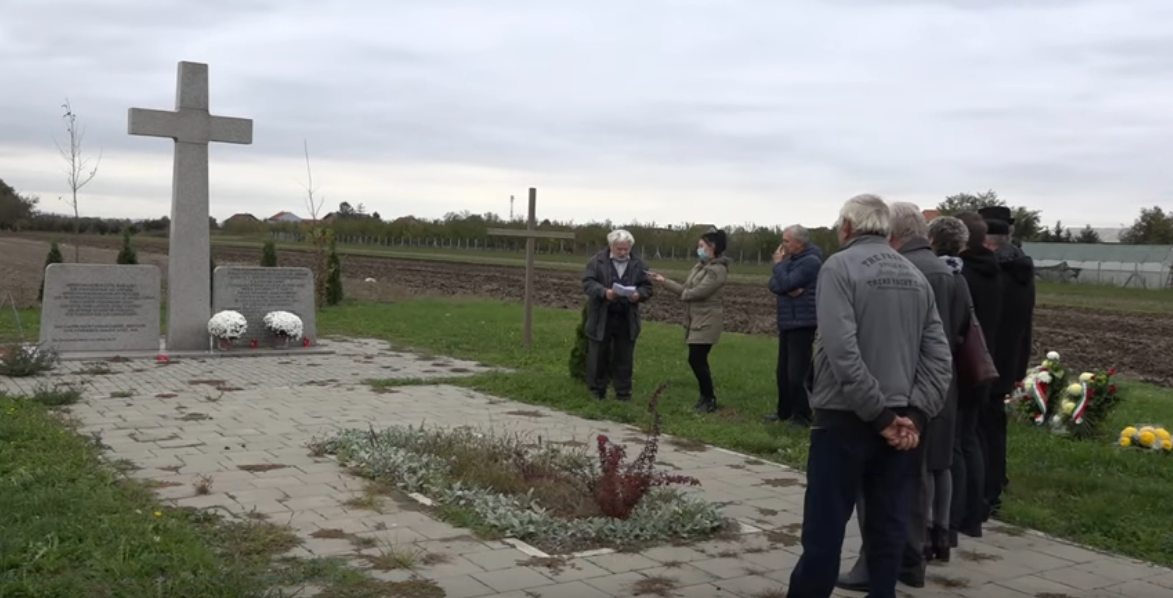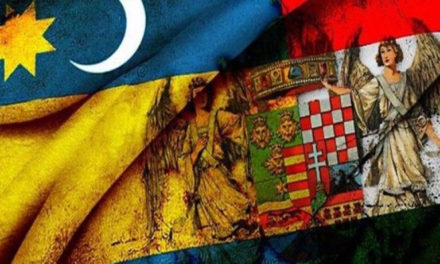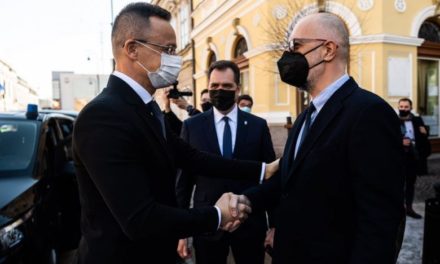Charles De Gaulle put it this way in 1946: "The drama of the Thirty Years' War, which ended with our victory, included many unexpected events." Most historians view the two world wars at the beginning of the 20th century as nothing more than a truce before the inevitable continuation. The coercive peace regime projected the Second World War almost as a consequence through the peace treaties around Paris in 1919, as a result of ill-advised decisions.
The peace decree signed on June 4, 1920 in Trianon, in the castle of the French kings, deprived Hungary of two-thirds of the territories it had owned for a thousand years, and forced a proportional share of its population into a minority existence, largely at the mercy of the power and people of neighboring countries that were not known for their justice in the world. before. The consequences could be long listed: deprivation of the practice of the mother tongue and one's own culture, the banning of the power of almost all institutions that have been functioning well for centuries, confiscation of property, displacement, etc. All measures went against the provisions of the Trianon Peace Treaty.
The Hungarians also lost their most productive agricultural land, which used to be the country's food pantry. Vojvodina, which was annexed to the Kingdom of Serbs, Croats and Slovenes, was regionalized by the Serbian authorities in such a way that it annexed northern Serbian territories to the province mostly inhabited by Hungarians and Germans. They changed the ethnic proportions, even though this was clearly prohibited by the peace treaty. Unfortunately, the powers that ordered the annexation of the country did not care much about these injustices.
Of course not, because they were already preparing for the Second World War!
The period from the fall of 1944 to the summer of 1948 caused really painful losses for the population of non-Slavic nationality in the southern region, in the Vojvodina, which are still insurmountable. Every single Hungarian and German family was in mourning, even if they didn't perish and there was someone left to mourn!
From the spring of 1941 to the fall of 1944, Hungary regained the southern territory lost by the Trianon peace decree. The loss of this again became evident in the autumn of 1944, and this time the forming government of Yugoslavia, which abolished the former monarchy and was transformed into a republic, Josip Broz Tito, did not take revenge. On November 21 of that year, the Yugoslav People's Liberation Anti-Fascist Council (AVNOJ) made a clear decision. This decision charged more than half a million Vojvodina Germans with charges of collective guilt and total confiscation of property, as well as three Hungarian villages. This marked the beginning of a carnage that far exceeds the concept of war guilt.
Those who left the Hungarian and German population of the area alive after the First World War did not want to risk it again this time. What happened was definitely an indirect consequence of Trianon! The Hungarians of Vojvodina rightly expect the understanding and sympathy of the German people, because we here sympathized with the Germans who settled here, mostly from Baden-Württemberg, Alsace, Palatinate, Hesse, and the Saar region, who were almost completely exterminated by the Tito regime. . Since this is not mentioned in the German media or in German secondary and higher education, here is a brief summary of what actually happened here!

Comrade Tito (left) is the proud ethnographer (Source: youngpioneertours.com)
, about 240,000 Germans from Vojvodina fled, leaving their entire property behind as free prey Their lives were saved. Most of them sailed to South America, and to this day it is not known how many of them reached shore and were able to start a new life. The 260,000 Germans who remained at home, with very few exceptions, were sent to concentration camps by the partisans. Over the course of one night, more than one German village was fenced with barbed wire and the population of neighboring villages was also driven there. 30 German concentration camps were established in Bácská, 43 in Bánság, and 9 in Szerémség, while 9 camps are known in the neighboring member republic, Croatia. About a hundred thousand died as a result of the inhumane conditions and physical torture, and there was also little thanks for surviving. On January 18, 1946, based on the data of the Ministry of the Interior of the Federal People's Republic of Yugoslavia, 117,485 so-called national Germans were detained in Yugoslavia, and only 12,897 Germans were allowed to live freely.
The last camp, the Gádor (German: Gakowa) camp, was dissolved in 1948! How long has it been since the end of the war?! More than eight thousand Germans in Gádor, four kilometers away in Körtés (Kruschiwel) more than five thousand died of torture. Women, children and the elderly were dragged to these two camps. My paternal great-grandparents were also imprisoned here. After their release, like many others, they forbade the use of the German language in the family, as it was considered life-threatening if they accepted their identity.
It is proven that more than 90 percent of the Vojvodina Germans did not support Hitler's policy, and most of them even risked their lives to oppose it.
All of the Germans' property, fields, houses, craftsmen's workshops, slaughterhouses, and factories were confiscated. Tito settled the poor people of the backward southern part of the country in their homes, generously giving them everything for which generations had sweated their blood.
Of the 500,000 Germans, just over 3,000 remain today, and only a small part of them speak their mother tongue.
Surely, Marshal Tito, a hero still held in high esteem in the eyes of Yugoslavia and the world, cannot account for half a million Germans and forty thousand Hungarians! That is why we mourn together, we Vojvodina Germans and Hungarians in Trianon!
Zsuzsa ThyssenCircle
(Header image: Commemoration at the memorial site of the Jarek death camp. Source: YouTube)
The article can be read in German here.












